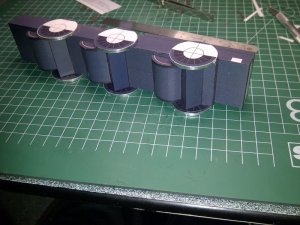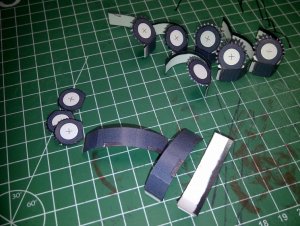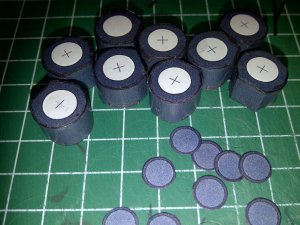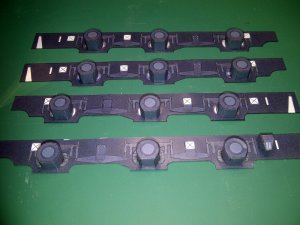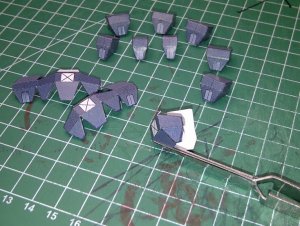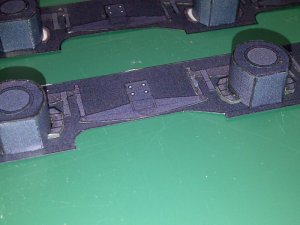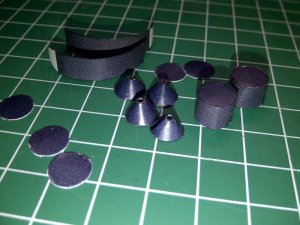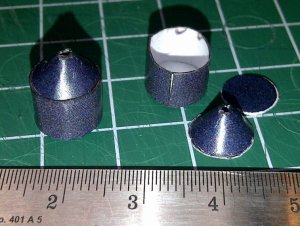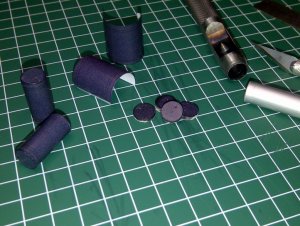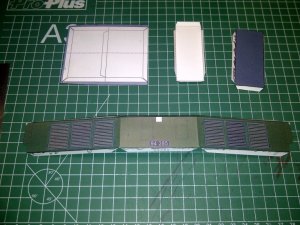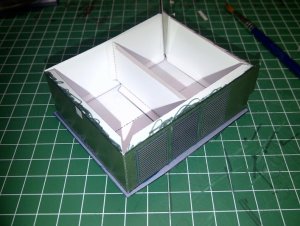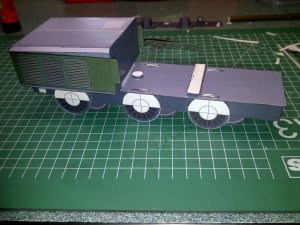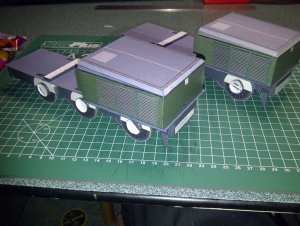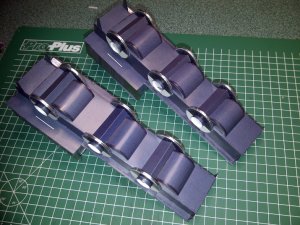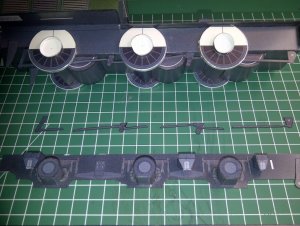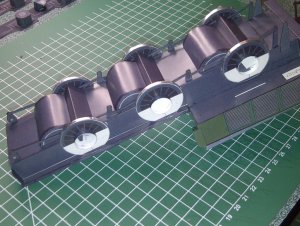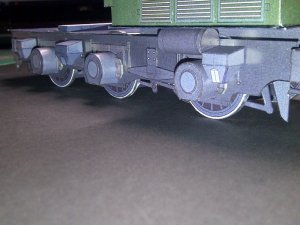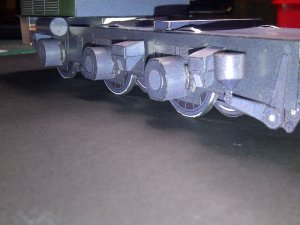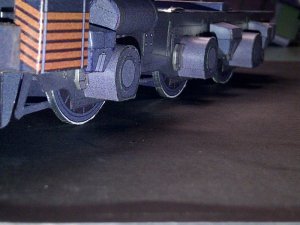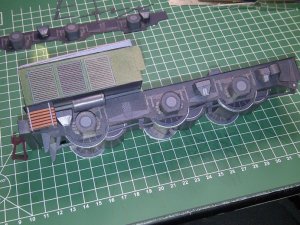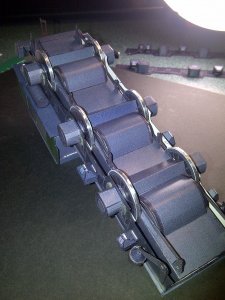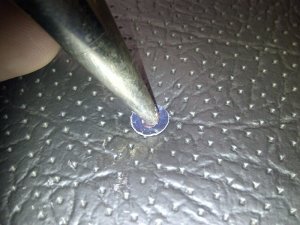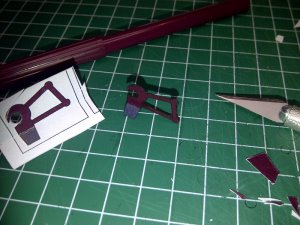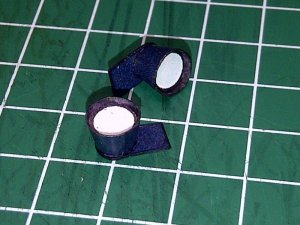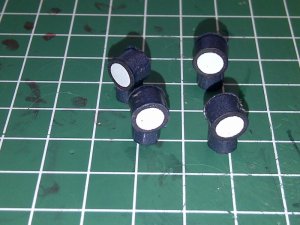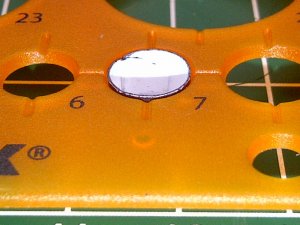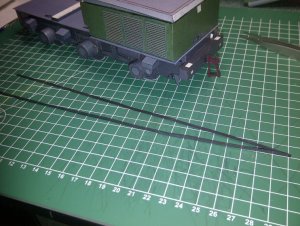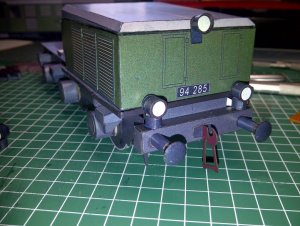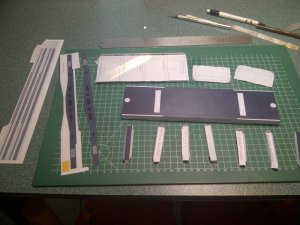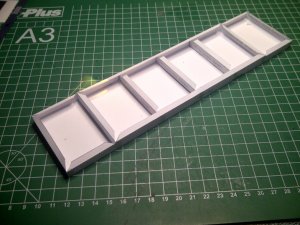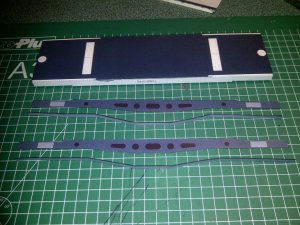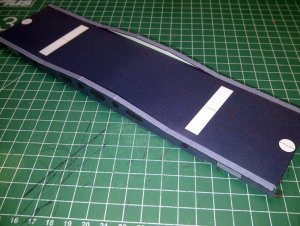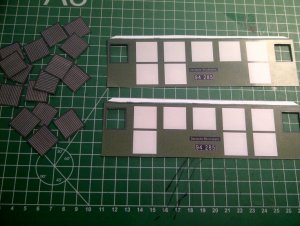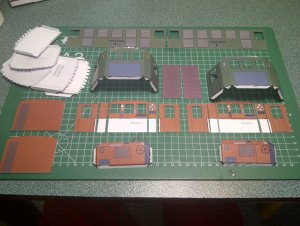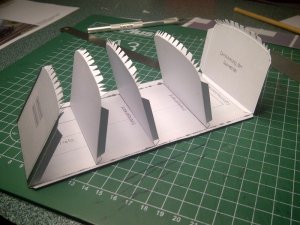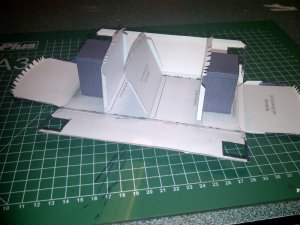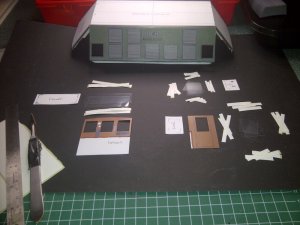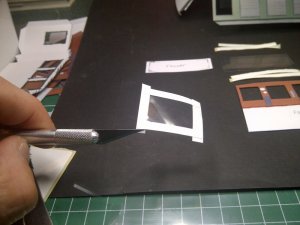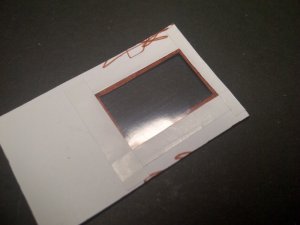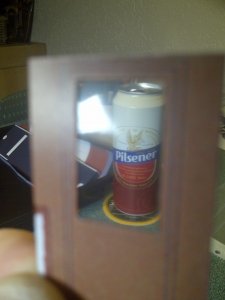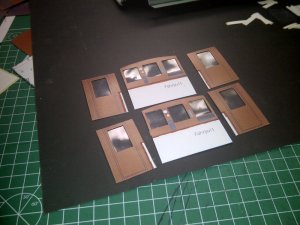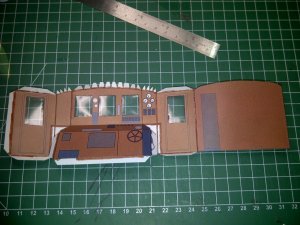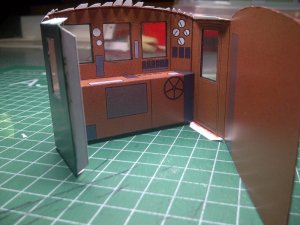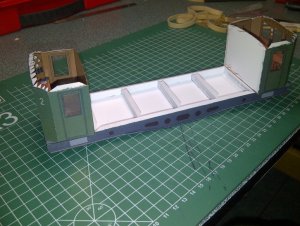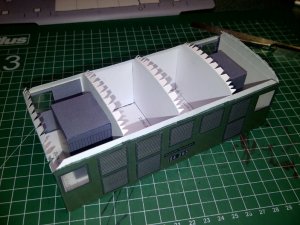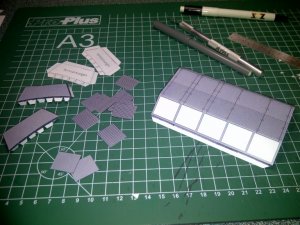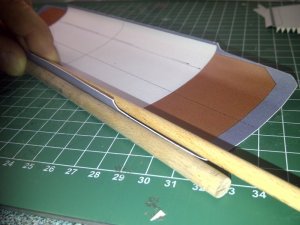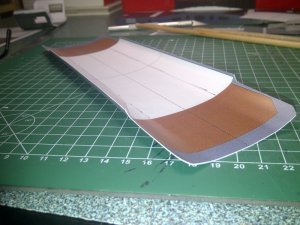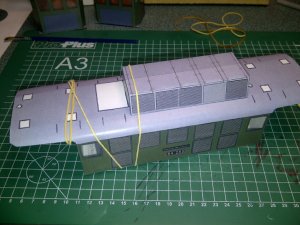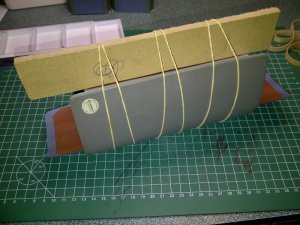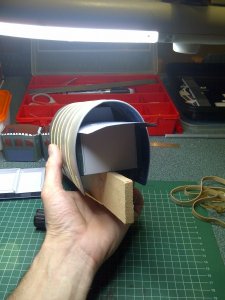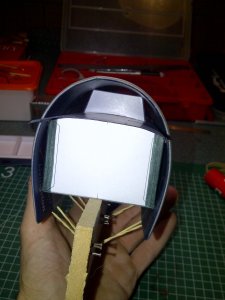First of all, my many thanks and respect go to Mr Albrecht Pirling, the designer of this perfectly engineered and stunning model.
The electric loco is a German design built by AEG, between 1940 and 1956.
More info here: http://de.wikipedia.org/wiki/DR-Baureihe_E_94 It is in German but Google translate does a decent job!
A pic of the real thing....
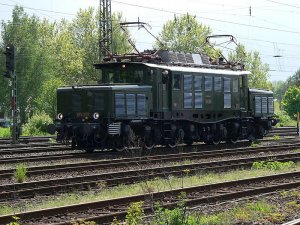
To be honest, I have never been much of a train freak, but a friend of mine has done something special for me without being asked. I found out later that his favourite train is the E-94. Anyway, after searching and searching on the net to no avail to find a paper model of one, a fellow member pointed me in the right direction, thank you again Chris74.:thumb:
So, I decided I would build it for my friend as a show of gratitude. He also turned 50 during the build process, and I ended up presenting it to him at his birthday bash in front of all his family and friends.
Due to the timeline I was working on, I had to work many long hours into the night, to make sure I got it finished in time for the party. As it turned out I glued the last piece on at exactly 16:30 on the day of the party and the party started at 16:30... That was close!!! I was only getting about 4 hours sleep a night over the last 2 weeks of the project. (So, if this thread suddenly stops in mid sentence, then you know I have fallen asleep! LOL
I was only getting about 4 hours sleep a night over the last 2 weeks of the project. (So, if this thread suddenly stops in mid sentence, then you know I have fallen asleep! LOL
Anyway, enough babbling, and on with the build....
The model came in 21 A4 sheets with seperate basic photographic instructions, well, more of a guide really. All the part identifiers are in German, but once again Google helped out. I printed the sheets on 160 gsm stock. The pdfs actually look scanned, and I dont think they are the originals. I was a bit sceptical about the quality at first, but as you'll see they were perfect.
The loco is divided into 4 seperate sub structures: 1 + 2 are identical twins of the nose and drive train, 3 is the central cab structure, and 4 are the two pantographs, which are models in there own right!!
I started with the 2 nose and drive train structures first. I have only posted one set of photos of these as they are both identical.
I started with the chassis. The formers are laminated for strength and glued into position. To be honest, nearly 90% of the parts for this model are laminated... The chassis was then glued up ensuring everything was straight and square.
The chassis was then glued up ensuring everything was straight and square.
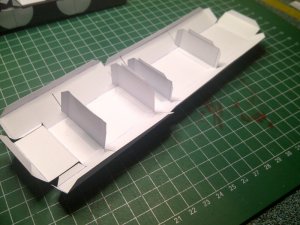
I then fitted the 'axles'.
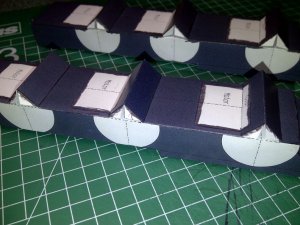
There were no tabs on the curved side walls of the motors but I made my own. Once attached to the motor shell the 3 assemblies were attached to the chassis.
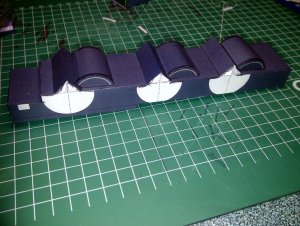
The wheels came in two halves. I laminated these halves to thick card (1,5mm) and cut them all out once dry, using a circle cutter.
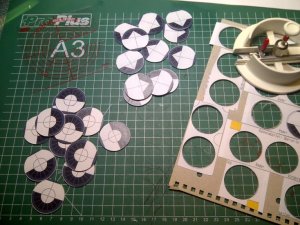
I then lined up the two halves and glued them together. I gave the edges a light sanding to smooth out any imperfections and then lined the edges with thin strips cut from thin aluminium tape, used for ventilation ducting, and no, not duct tape! These strips I then burnished to the wheels with my thumb. It gave the wheels a little more realism.
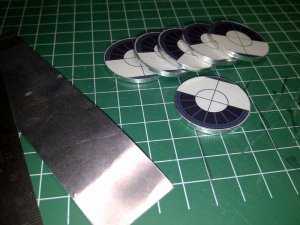
Because of the limits of uploading, see you in my next post!
The electric loco is a German design built by AEG, between 1940 and 1956.
More info here: http://de.wikipedia.org/wiki/DR-Baureihe_E_94 It is in German but Google translate does a decent job!
A pic of the real thing....

To be honest, I have never been much of a train freak, but a friend of mine has done something special for me without being asked. I found out later that his favourite train is the E-94. Anyway, after searching and searching on the net to no avail to find a paper model of one, a fellow member pointed me in the right direction, thank you again Chris74.:thumb:
So, I decided I would build it for my friend as a show of gratitude. He also turned 50 during the build process, and I ended up presenting it to him at his birthday bash in front of all his family and friends.
Due to the timeline I was working on, I had to work many long hours into the night, to make sure I got it finished in time for the party. As it turned out I glued the last piece on at exactly 16:30 on the day of the party and the party started at 16:30... That was close!!!
Anyway, enough babbling, and on with the build....
The model came in 21 A4 sheets with seperate basic photographic instructions, well, more of a guide really. All the part identifiers are in German, but once again Google helped out. I printed the sheets on 160 gsm stock. The pdfs actually look scanned, and I dont think they are the originals. I was a bit sceptical about the quality at first, but as you'll see they were perfect.
The loco is divided into 4 seperate sub structures: 1 + 2 are identical twins of the nose and drive train, 3 is the central cab structure, and 4 are the two pantographs, which are models in there own right!!
I started with the 2 nose and drive train structures first. I have only posted one set of photos of these as they are both identical.
I started with the chassis. The formers are laminated for strength and glued into position. To be honest, nearly 90% of the parts for this model are laminated...

I then fitted the 'axles'.

There were no tabs on the curved side walls of the motors but I made my own. Once attached to the motor shell the 3 assemblies were attached to the chassis.

The wheels came in two halves. I laminated these halves to thick card (1,5mm) and cut them all out once dry, using a circle cutter.

I then lined up the two halves and glued them together. I gave the edges a light sanding to smooth out any imperfections and then lined the edges with thin strips cut from thin aluminium tape, used for ventilation ducting, and no, not duct tape! These strips I then burnished to the wheels with my thumb. It gave the wheels a little more realism.

Because of the limits of uploading, see you in my next post!


